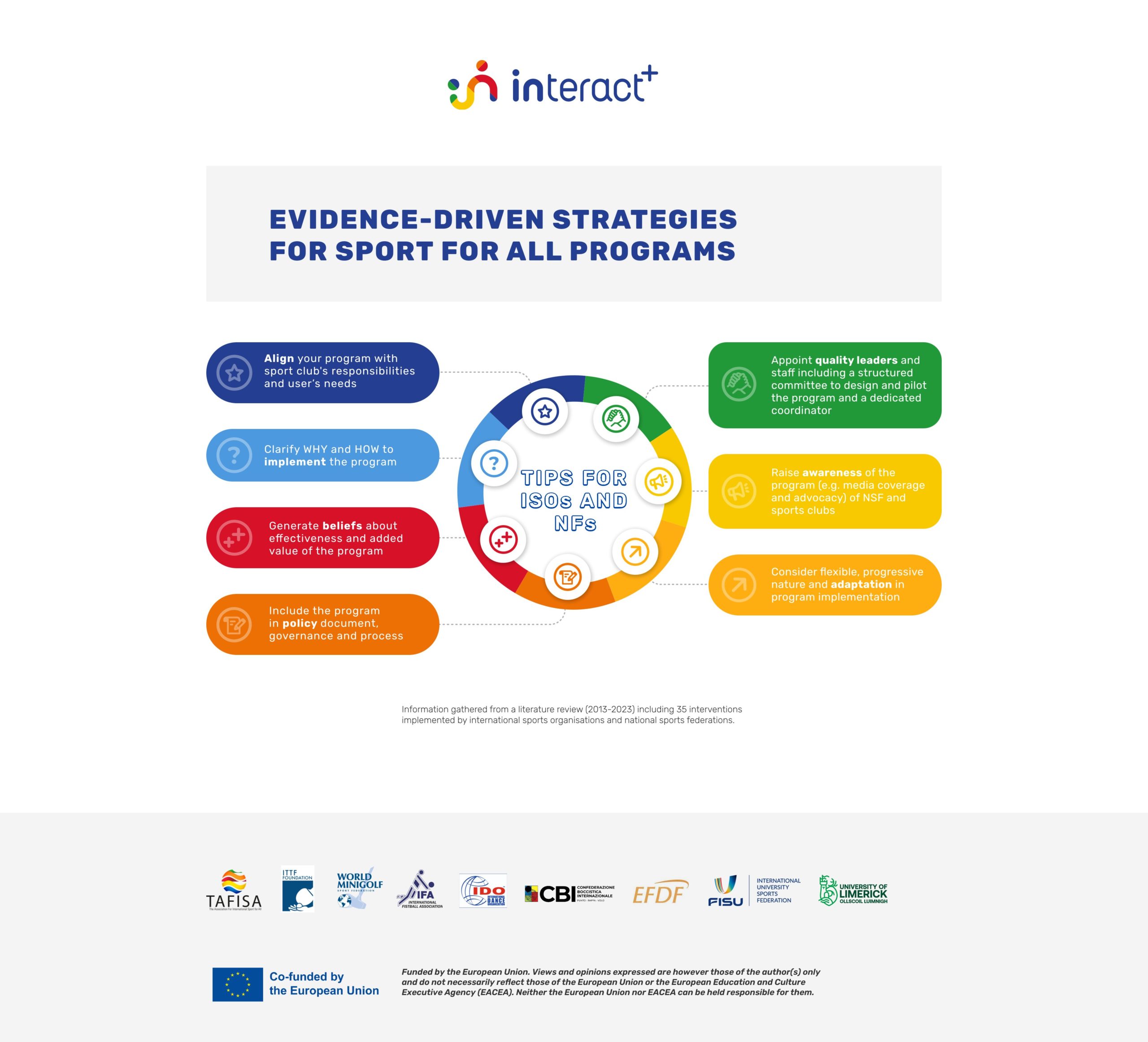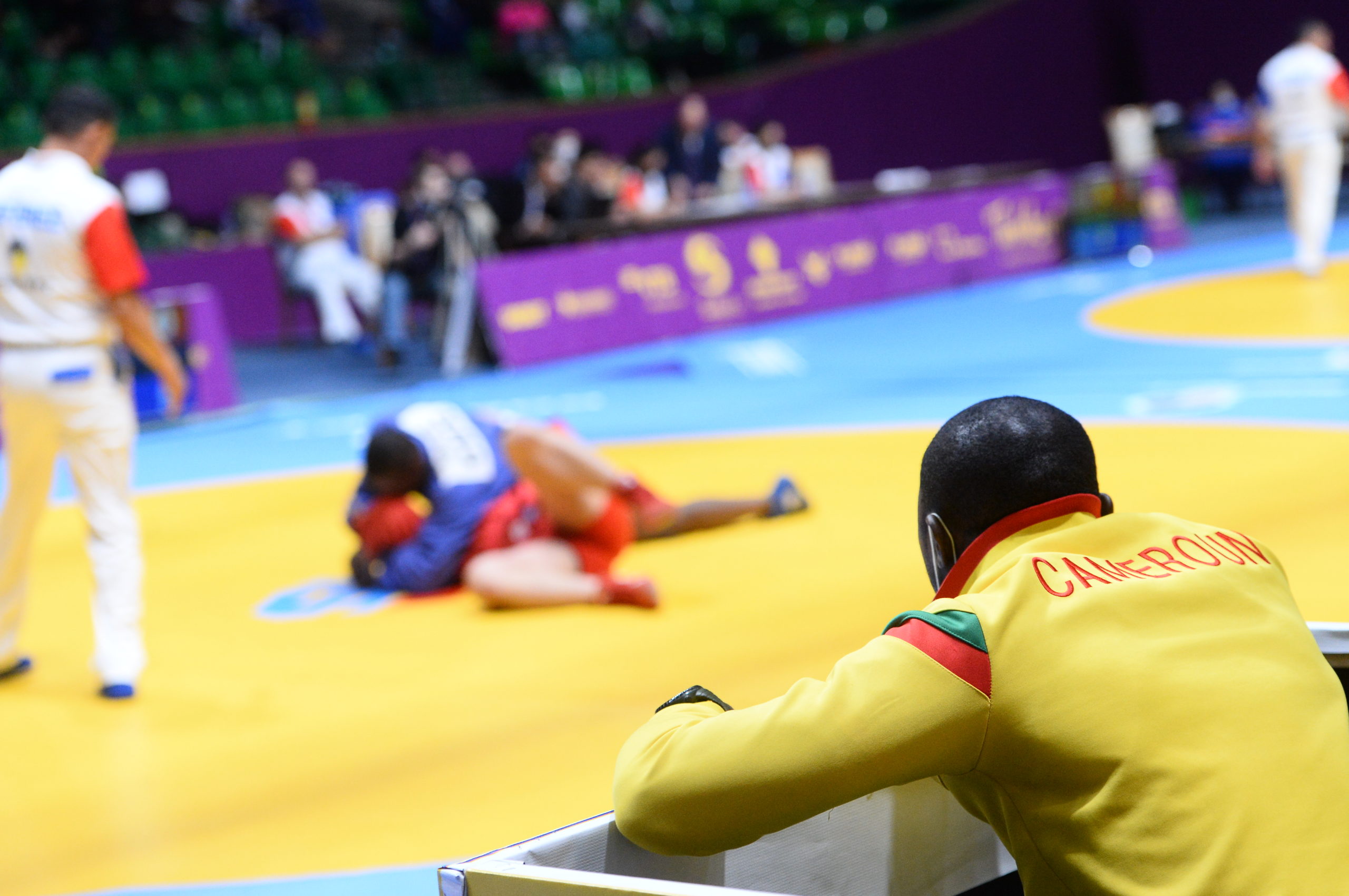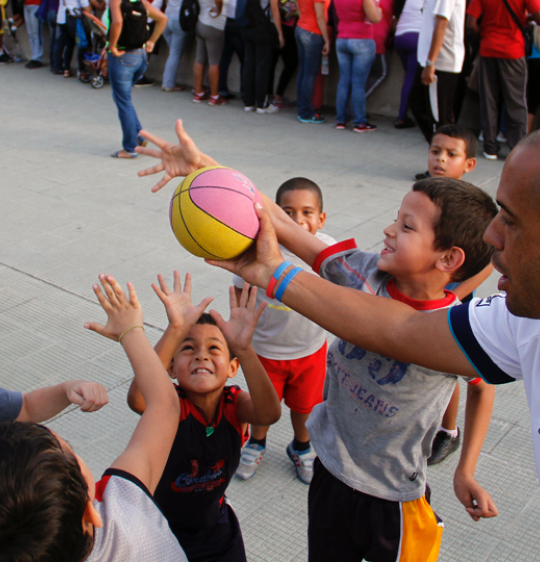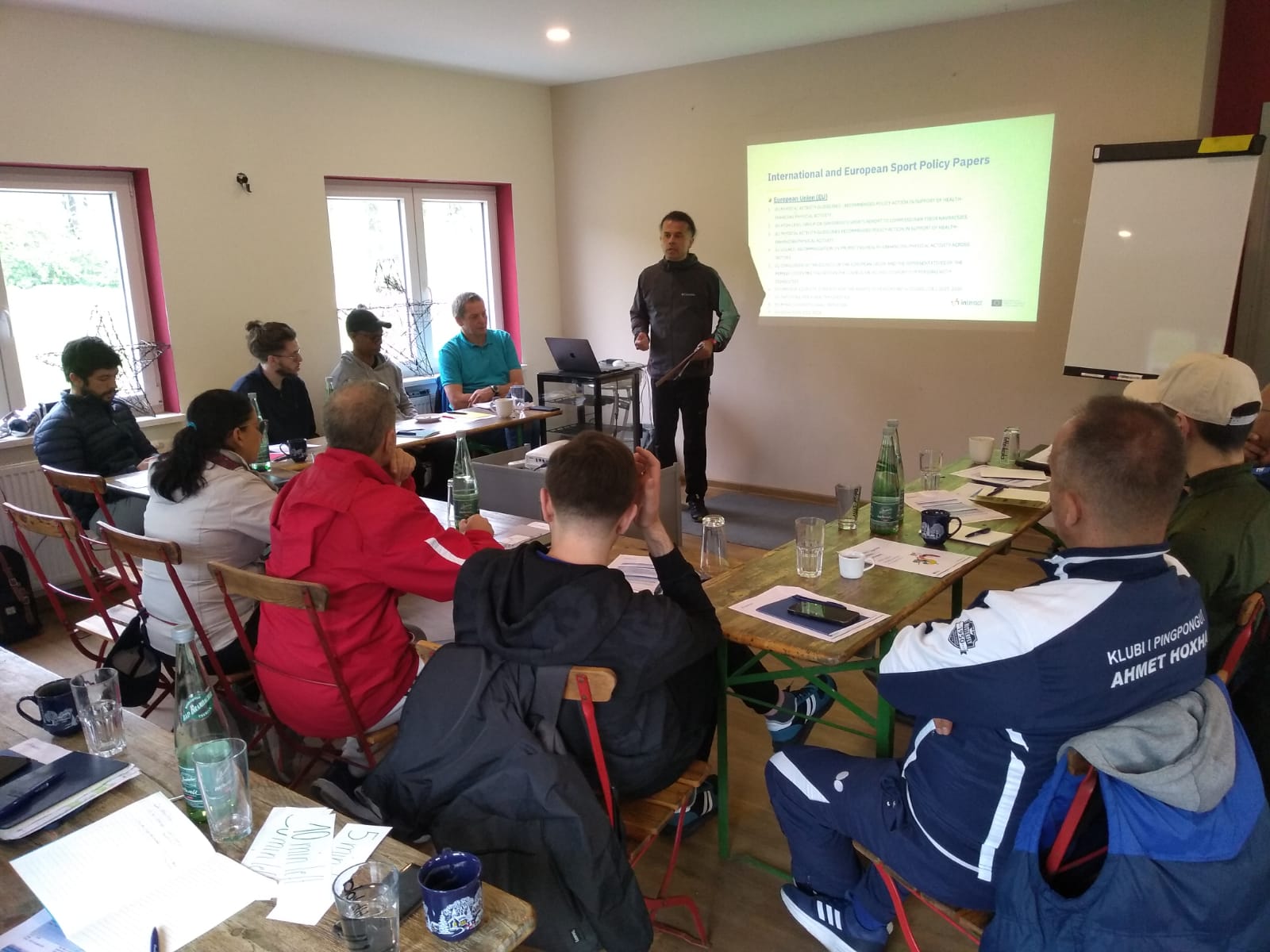There are three groups of tasks to be performed (event cycle):
A. Pre-event (40% of time):
B. Implementation (40% of time):
After the planning and testing phase, the implementation largely consists of controlling efforts and trouble shooting.
C. Post-event (20% of time):
After the project manager has allocated roles and supervision lines, the different staff levels are responsible of implementing and supervising the key tasks and success factors, either outsourced or with inhouse resources.
Indispensable definitions for each level are:
Recommended tool: RACI diagram (Responsibility assignment matrix), Click here to download.
Organizing Sport events with large groups have many inherent risks areas. One of the most important tasks of event practitioners is to identify and adequately manage the overall security of participants.
First level:
Double-check Security Guidelines, described in AG5.
Second level:
Once the security of participants is secured, other factors should be managed:
Communication & media evidence plus other systematization products and can greatly contribute to constructing a future legacy of the event and the chances of securing and attracting new sponsors
Communication
Measurement and evaluation
Qualitative:
Quantitative
For organisations and individuals involved in Sport for All, evaluation provides answers to critical questions: Are we achieving our goals? Are we reaching the people who need us most? Are we contributing to something bigger, such as the UN’s Sustainable Development Goals (SDGs)? With the right tools, we can gather evidence that tells these stories, validates our efforts, and...
Sports have the power to transform lives by fostering physical health, mental well-being and social connections. However, many individuals face significant barriers that prevent them from joining or staying involved in organised sports. These obstacles range from financial and time constraints to social and cultural factors, creating challenges that organisations must address to ensure inclusiveness and sustained engagement. This guide...
The United Nation Sustainable Development Goals (SDGs), adopted by 193 countries in 2015, serve as a global blueprint for addressing the world’s most pressing challenges by 2030. These 17 interconnected goals aim to tackle issues like poverty, inequality, climate change, and access to education and healthcare. At the heart of the SDGs are three guiding principles: People, Planet, and...

International Sports Organisations (ISOs) and National Federations (NFs) play a crucial role in shaping the future of sports participation and inclusion. However, the traditional focus on elite performance and competitive sports has often sidelined broader social, health, and community-based objectives. The INTERACT+ project aims to bridge this gap by providing ISOs and NFs with the tools and strategic direction...






